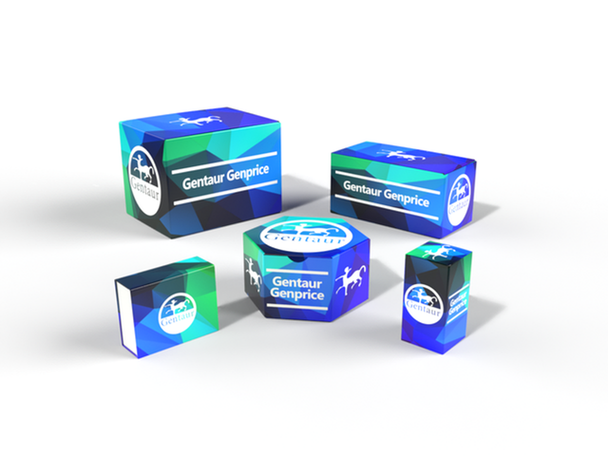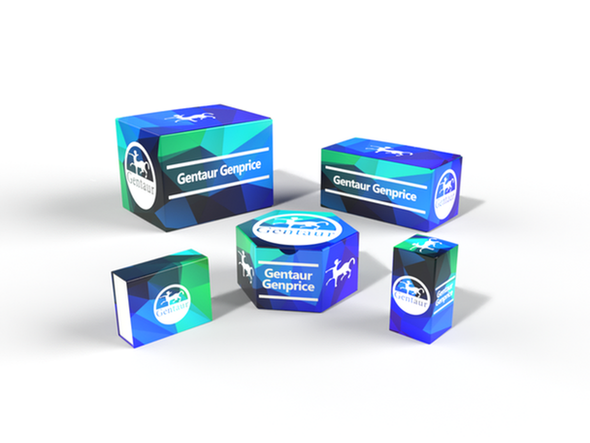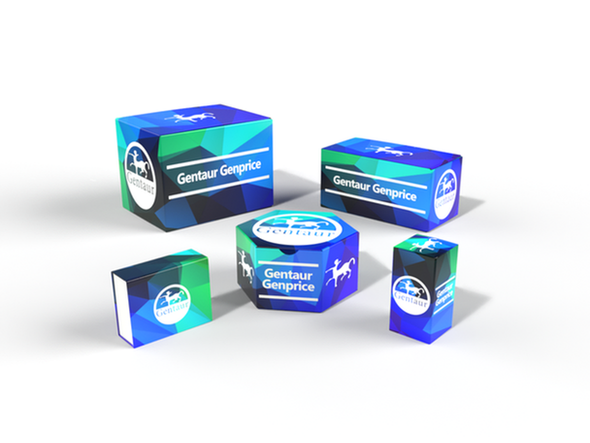Description
TRB3 Antibody | 8099 | Gentaur UK, US & Europe Distribution
Host: Rabbit
Reactivity: Human, Mouse, Rat
Homology: Predicted species reactivity based on immunogen sequence: Bovine: (76%)
Immunogen: TRB3 antibody was raised against a 17 amino acid peptide near the center of human TRB3.
The immunogen is located within amino acids 100 - 150 of TRB3.
Research Area: Cancer, Signal Transduction
Tested Application: E, WB, IHC-P, IF
Application: TRB3 antibody can be used for detection of TRB3 by Western blot at 1 - 2 μg/mL. Antibody can also be used for immunohistochemistry starting at 5 μg/mL. For immunofluorescence start at 20 μg/mL.
Antibody validated: Western Blot in mouse samples; Immunohistochemistry in mouse samples and Immunofluorescence in mouse samples. All other applications and species not yet tested.
Specificiy: TRB3 antibody is human, mouse and rat reactive. At least two isoforms of TRB3 are known to exist; this antibody will detect both isoforms.
Positive Control 1: Cat. No. 1405 - Mouse Kidney Tissue Lysate
Positive Control 2: N/A
Positive Control 3: N/A
Positive Control 4: N/A
Positive Control 5: N/A
Positive Control 6: N/A
Molecular Weight: Predicted: 39 kDa
Observed: 39 kDa
Validation: N/A
Isoform: N/A
Purification: TRB3 antibody is affinity chromatography purified via peptide column.
Clonality: Polyclonal
Clone: N/A
Isotype: IgG
Conjugate: Unconjugated
Physical State: Liquid
Buffer: TRB3 antibody is supplied in PBS containing 0.02% sodium azide.
Concentration: 1 mg/mL
Storage Condition: TRB3 antibody can be stored at 4˚C for three months and -20˚C, stable for up to one year.
Alternate Name: Tribbles homolog 3, tribbles pseudokinase 3, TRIB3, NIPK, SINK, SKIP3, C20orf97
User Note: Optimal dilutions for each application to be determined by the researcher.
BACKGROUND: TRB3 was initially identified as a novel kinase-like gene that was overexpressed in multiple human tumors and regulated by hypoxia (1) . In the liver, TRB3 binds and inhibits AKT activity, leading to impaired insulin signaling (2) , whereas in adipose tissue TRB3 is involved in the regulation of fatty acid oxidation through ubiquitination of Acetyl-CoA carboxylase (3) . Endoplasmic reticulum (ER) stress induces TRB3 expression in skeletal muscle, leading to a decrease in insulin signaling and glucose uptake, suggesting that inhibition of TRB3 expression may be a potential therapeutic treatment for managing insulin resistance (4) .






